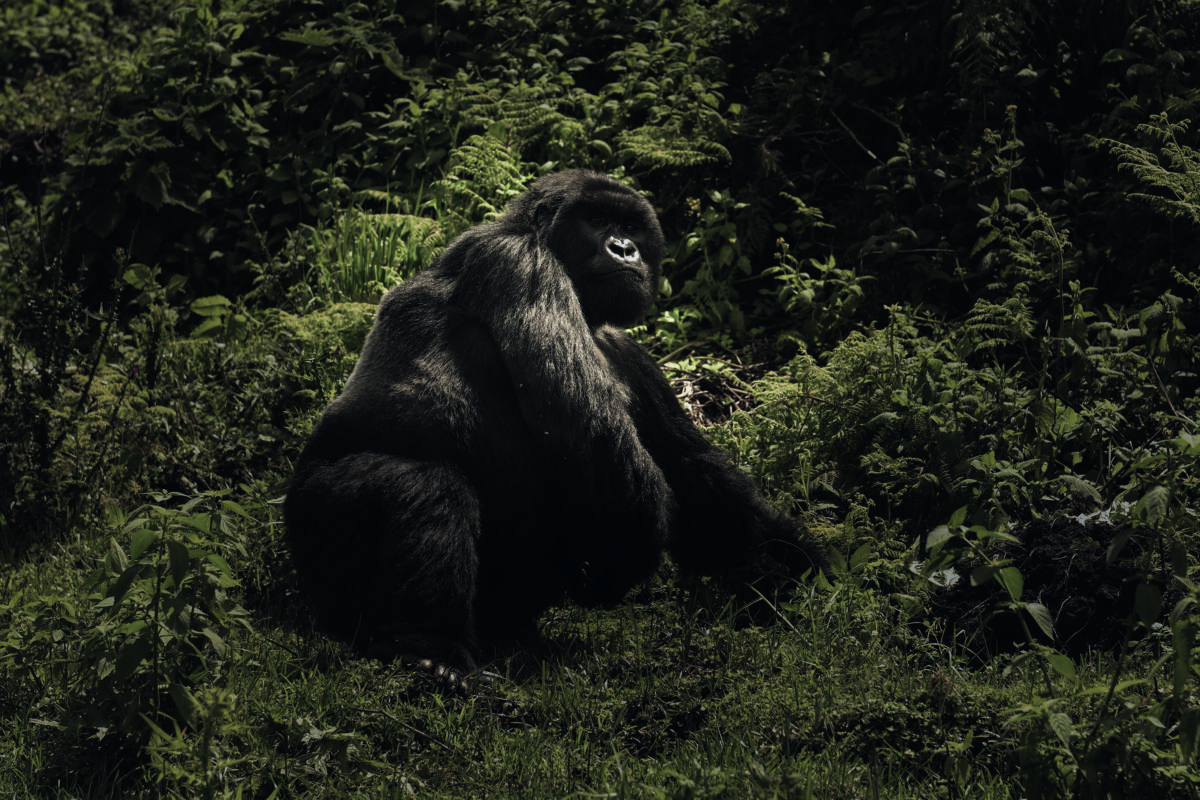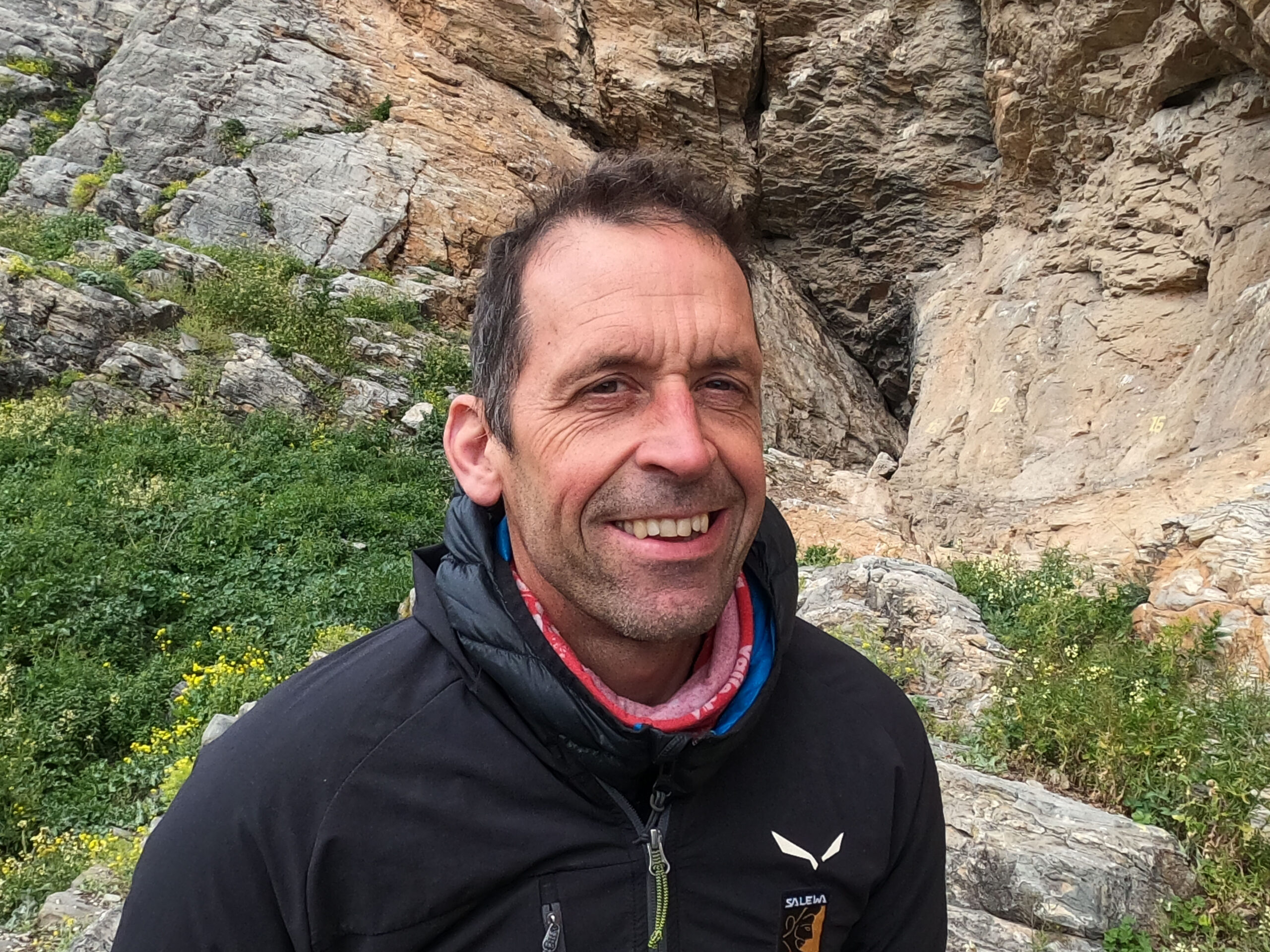“Among the Living: Where You Belong” is one of the heaviest books I’ve ever picked up. This is not a vacation read — it’s a serious photo book you’ll want to display on your coffee table for years, thumbing through and sharing with wildlife-loving visitors. Photographer Guadalupe Laiz shares six years of traveling in Africa to capture intimate portraits of endangered animals.
Laiz is firmly allied with the elephants, lions, and rhinos. The book is dedicated to “the innumerable souls who have died at the hands of humans. And to all humans who fight with their lives to protect them.”
In the introduction, Laiz further explains what drives her to get close to her subjects. “Yes, I hope that one day we humans will finally see animals as our equals, and understand that they can experience joy and suffering just like us. But until then, I will dive deeper, get closer, and put light into those without a voice,” she writes.

What follows is a huge collection of African animal portraits. Most of the photos are up close, so you can see each animal’s face as an individual. Photos taken at a wider angle tend to show relationships — such as an image of an elephant herd where you can pick out individual family groupings. Readers see every fold in an elephant’s skin and the bristles around a hippopotamus’ wide-open mouth. Most photos are in black and white, though some are full-color. Others use limited color to highlight details like green leaves against an otherwise black-and-white composition. Many of the images have very dark or very light backgrounds, squarely keeping the focus on the faces of the animals in a way that gives them extra dignity and individuality.

Laiz spent so much time in certain locales that she got to know some of the animals. One of these animals was a lion known as Bob, Jr., King of Serengeti, who had a fan following among guides and tourists. “There is no feeling like finding Bob Jr. in the morning and trying to understand what he went through the previous night. Sometimes I couldn’t believe the amount of ground he covered in one night. Some mornings there would be blood on his face, he’d look exhausted and be sporting a couple of new scars, but it was also clear that he was satisfied to have a full belly for a few days,” Laiz writes. She grew attached to the lion and often wondered what and how he was doing.

The book is almost entirely photos, with a page of text introducing each section. The main animals Laiz features are gorillas, elephants, lions, giraffes, and rhinos — but some of my favorite photos are her portraits of leopards. Animals are so front and center that Laiz’s author photo shows her from behind, mostly giving readers a look at her ponytail.

Laiz was born and raised in Argentina. German publisher Teneus published her book “Horses of Iceland” in 2019. Australian Images Publishing Group put out “Among the Living, Where You Belong.” If you’re in Aspen, Colorado, you can visit Laiz’s gallery space.




